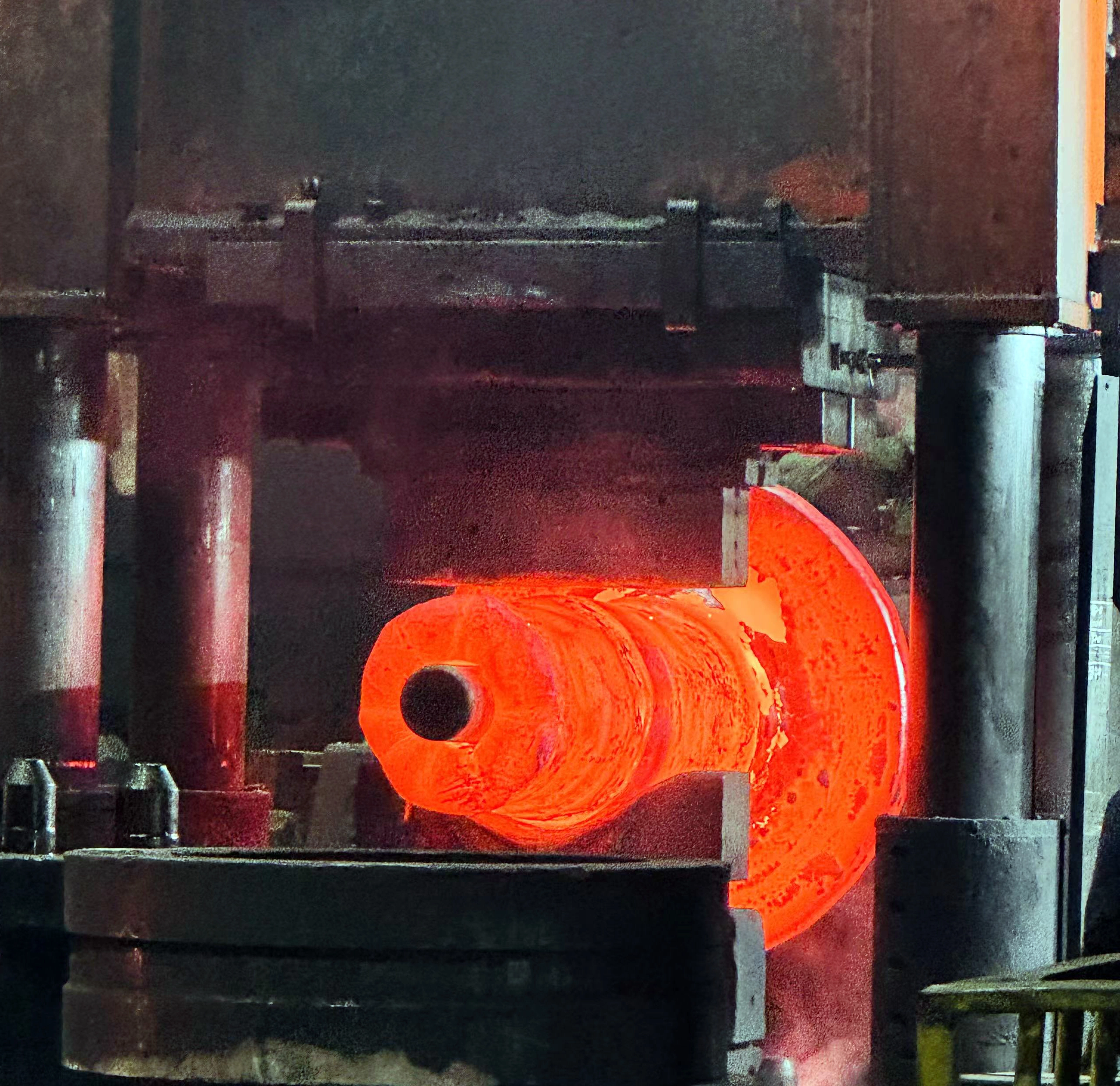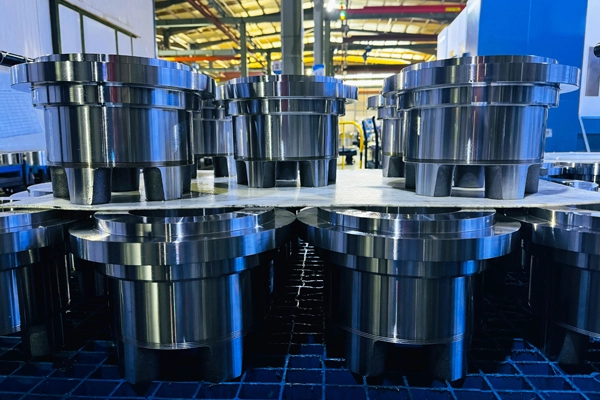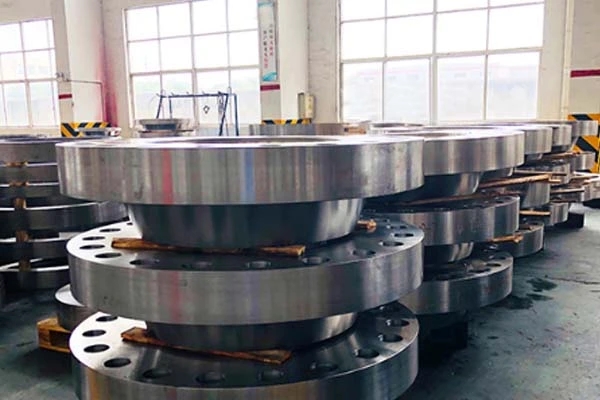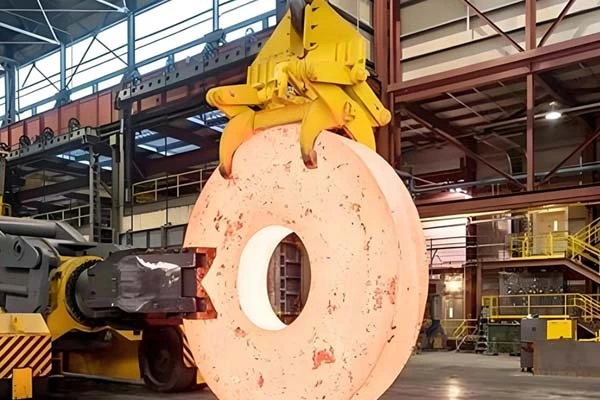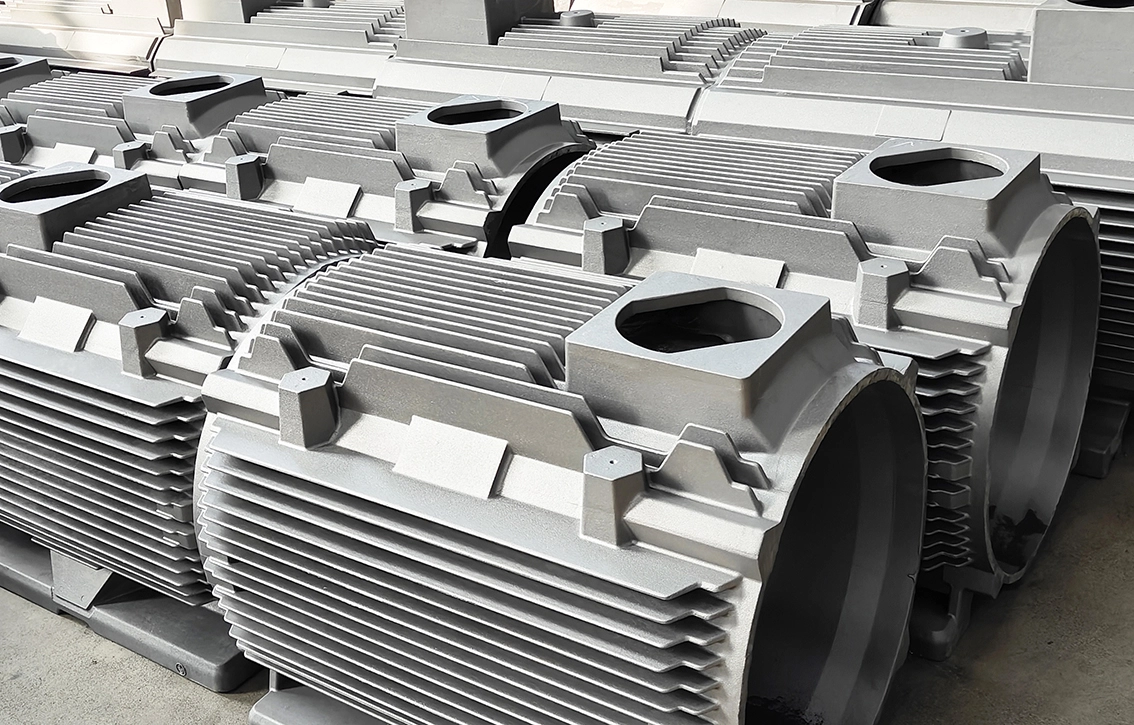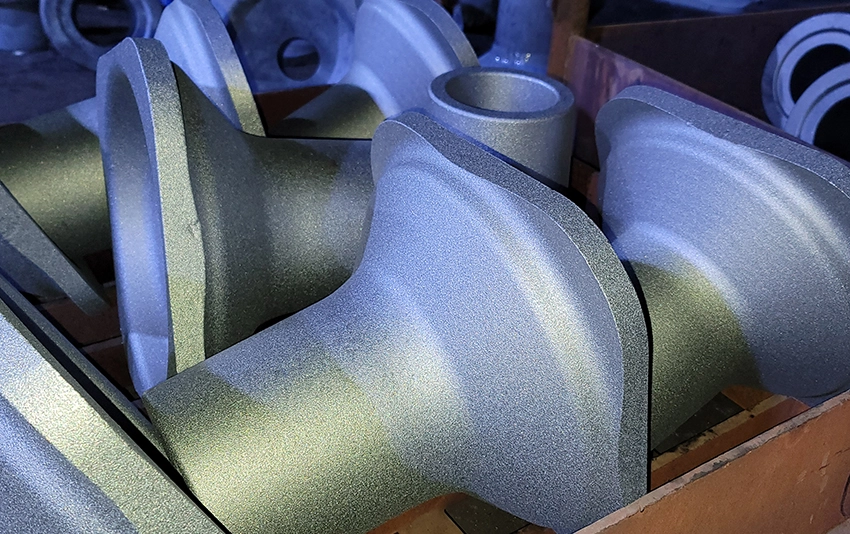Characteristics of Walkson Open-die forging Products:
1. Large Size and High Strength:
Walkson Open-die forging is ideal for creating large parts such as shafts, blocks, and rings with excellent strength and durability.
2. Simple Shapes:
Products typically have simpler geometries compared to closed-die forgings, though they can be machined into more complex shapes after forging.
3. Customizability:
The process allows for flexibility in size and shape, making it suitable for custom, low-volume, or specialty orders.
4. Superior Material Properties:
Walkson Open-die forging aligns the grain structure of the metal, enhancing strength, toughness, and fatigue resistance.
5. Wide Range of Materials:
It accommodates various materials, including carbon steel, alloy steel, stainless steel, aluminum, titanium, and nickel-based alloys.
Common Walkson Open-die forging Products:
1. Shafts:
Rotors and Drive Shafts: Used in turbines, engines, and heavy machinery.
Marine Propeller Shafts: High-strength components for ships and submarines.
2. Rings:
3. Discs and Hubs:
4. Bars and Blocks:
5. Large Industrial Components:
6. Tooling and Mold Components:
Applications of Walkson Open-die forging Products:
1. Power Generation:
Turbine shafts, generator rotors, and pressure vessel components in thermal, nuclear, and hydroelectric plants.
2. Oil & Gas:
3. Automotive and Heavy Equipment:
Axles, connecting rods, and suspension parts for trucks, trains, and construction machinery.
4. Marine Industry:
5. Mining and Construction:
Advantages of Walkson Open-die forging Products:
1. Improved Mechanical Properties:
2. High Versatility:
3. Cost-Effective for Large Parts:
4. Wide Material Compatibility:
5. Extended Lifespan:
Process Overview of Walkson Open-Die Forging:
1. Heating the Material:
The billet or ingot is heated to a malleable temperature in a furnace.
2. Positioning on the Die:
The workpiece is placed on a flat or simple die, and controlled hammering or pressing is applied.
3. Shaping the Metal:
Skilled operators manipulate the workpiece between hammer blows or press strokes to achieve the desired shape.
4. Cooling and Post-Processing:
After forging, the product is cooled and often undergoes heat treatment or machining to achieve final specifications.
Limitations of Walkson Open-Die Forging:
Less Complex Shapes: Cannot produce intricate or detailed geometries without additional machining.
Requires Skilled Operators: Precision depends on the expertise of the operator and the tools used.
Material Waste: Some excess material may need to be removed during machining.
Summary:
Walkson Open-die forging products are large, durable components with excellent mechanical properties, widely used in industries requiring strength and reliability. This process is ideal for creating custom parts, particularly for heavy-duty applications in heavy machinery, power generation, oil & gas, and marine industries.
 English
English  Deutsch
Deutsch  français
français  русский
русский  فارسی
فارسی  العربية
العربية  Español
Español  日本語
日本語  한국어
한국어  italiano
italiano  português
português  dansk
dansk  Suomi
Suomi 





